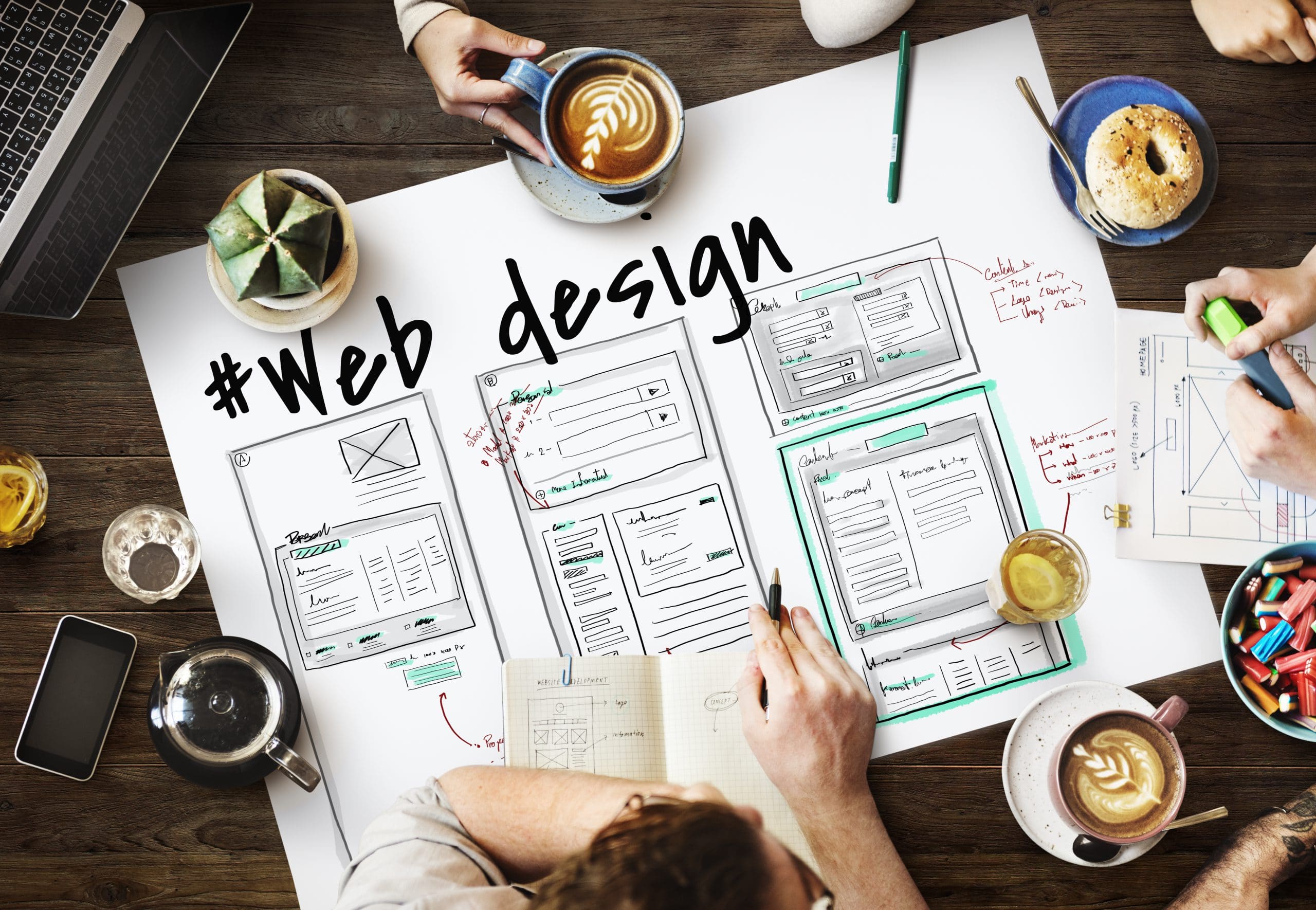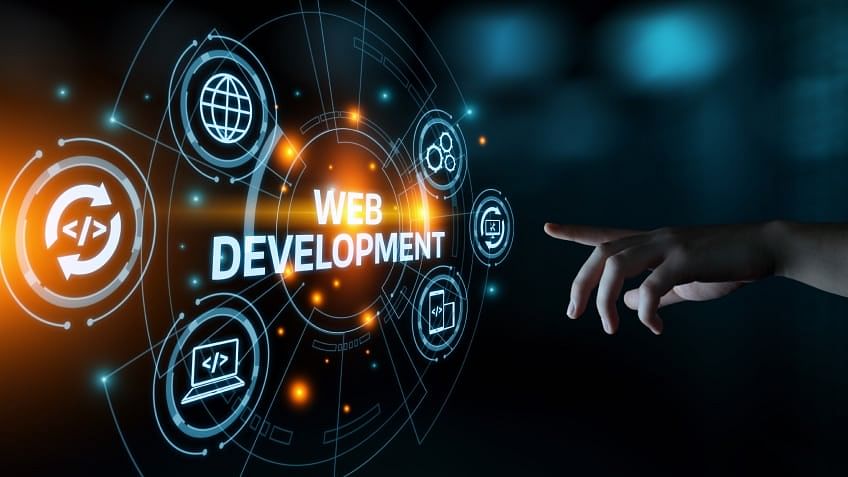Aligned Position Web Design: Transform Your Online Presence with Expert Web Design Services
Aligned Position Web Design: Transform Your Online Presence with Expert Web Design Services
Blog Article
The Best Sorts Of Web Design to Improve User Experience and Interaction
In the ever-evolving landscape of digital communication, the effectiveness of Web design significantly impacts individual experience and engagement. Numerous style methods, such as minimalist, receptive, and interactive designs, each offer special benefits that can accommodate varied individual needs. Understanding which sorts of Web style ideal offer these objectives can be critical for companies aiming to improve client fulfillment and retention. The concern remains: which style elements genuinely resonate with users and foster purposeful engagement? The exploration of these principles reveals important insights that may redefine your method to Web style.
Minimalist Web Layout
As digital landscapes come to be significantly cluttered, minimal Web layout has actually arised as a powerful strategy to enhancing individual experience. This layout ideology prioritizes simpleness, concentrating on crucial elements while removing unneeded disturbances. By making use of sufficient white room, straightforward navigation, and a minimal color scheme, minimal style cultivates clarity and guides user focus to crucial web content.
The core concept of minimalist website design is to create a smooth communication for customers. By lowering cognitive load, users can promptly comprehend details without feeling overwhelmed. This straight method not only improves usability but additionally encourages interaction, as visitors are much more most likely to check out a website that is aesthetically attractive and easy to navigate.
Furthermore, minimalist design typically highlights typography and imagery, utilizing these aspects tactically to convey messages properly. This concentrate on crucial components can improve brand identification and create a memorable user experience. In essence, minimal website design is not simply a fad; it is a thoughtful approach that identifies the importance of user-centered style. By removing additional aspects, developers can create a more interesting, efficient, and pleasurable Web experience for all individuals.
Receptive Website Design
In today's diverse digital environment, receptive website design has actually ended up being crucial for producing a seamless customer experience across a wide range of tools. As individuals accessibility websites on smartphones, tablet computers, laptop computers, and desktops, the capacity of a website to adjust its design and web content to various screen sizes and resolutions is important.
Receptive website design employs versatile grids, images, and CSS media questions to guarantee that Web content is offered efficiently, no matter the gadget made use of. This approach not just enhances the visual charm of an internet site yet likewise substantially boosts use. Individuals are most likely to involve with a site that offers a consistent experience, as it removes the disappointment of needing to focus or scroll excessively.
By taking on responsive design, companies can improve their presence and get to a broader target market. In recap, responsive Web style is a basic practice that improves user experience, involvement, and general complete satisfaction.
Interactive Web Style
Receptive website design lays the groundwork for enhancing user experience, yet interactive Web style takes this a step further by involving customers in a much more vibrant means - Aligned Position Web Design. By including aspects such as animations, clickable models, and real-time comments, interactive Web design top article mesmerizes individuals, drawing them right into a richer surfing experience
This method not only cultivates engagement but likewise motivates users to explore content actively instead of passively consuming it. Techniques such as gamification, where customers make incentives for finishing jobs, can dramatically enhance the time invested in a website and boost general contentment. Interactive functions can streamline intricate details, making it a lot more absorbable and satisfying.

Integrating interactive layout elements can likewise bring about greater conversion rates, as users click here for info are more probable to engage with a website that actively entails them. Aligned Position Web Design. Ultimately, interactive website design changes customer experiences right into unforgettable journeys, ensuring that site visitors return time and once again
Apartment Style
Defined by its minimalistic approach, level layout highlights simpleness and capability, removing unneeded elements and concentrating on crucial attributes. This design ideology prioritizes usability, guaranteeing that customers can navigate user interfaces with convenience and performance. By employing a tidy aesthetic, flat layout eliminates the mess usually found in extra elaborate styles, thus boosting individual concentrate on web content and capability.
The hallmark of flat design depends on its use bold shades, straightforward typography, and geometric forms. These aspects add to an aesthetically enticing interface that is both modern-day and approachable. In addition, flat design promotes a feeling of quality, allowing users to discern crucial actions and details without disturbance.
Additionally, level style is particularly effective in responsive website design, as its simplicity equates well across different tools and display sizes. The absence of complex structures and slopes reduces loading times, which is vital for preserving customer interaction. As electronic landscapes proceed to evolve, level layout continues to be a pertinent selection for developing easy to use internet sites that boost overall experience. By concentrating on essential functions, level design not only fulfills user needs yet likewise motivates smooth communication, making it a crucial element of reliable Web design methods.
Flexible Web Style
Flexible Web layout customizes the customer experience by creating multiple fixed designs customized to different screen dimensions and devices. Unlike receptive layout, which fluidly adjusts a solitary layout, flexible layout utilizes distinct layouts for certain breakpoints, making sure ideal discussion on various systems. This strategy enables designers to concentrate on the special qualities of each gadget, improving functionality by supplying exactly what customers require based upon their context.
One of the main advantages of flexible website design is its capability to enhance load times and efficiency. By offering tailored material and images that fit the individual's tool, web sites can lessen data use and enhance look at these guys loading speeds. This is especially beneficial for customers with slower connections or limited data plans.

Furthermore, adaptive style helps with an extra controlled and consistent branding experience. Given that designers produce numerous formats, they can ensure that the visual components line up with the brand name's identity across various systems - Aligned Position Web Design. This leads to a natural user experience, boosting engagement and promoting user retention
Final Thought
Finally, the integration of minimal, responsive, and interactive website design concepts considerably improves individual experience and involvement. Minimalist design fosters clearness and focus, while responsive style ensures flexibility throughout various tools, promoting accessibility. Interactive design mesmerizes users through dynamic components, motivating expedition and customization. Collectively, these layout comes close to contribute to the development of user-friendly environments that not just enhance contentment yet also drive higher conversion prices, emphasizing their vital value in modern website design approaches.

Minimalist layout cultivates quality and emphasis, while responsive design makes sure flexibility across various gadgets, advertising availability. Collectively, these layout approaches contribute to the development of user-friendly settings that not only boost fulfillment yet also drive greater conversion prices, underscoring their critical value in modern Web design methods.
Report this page